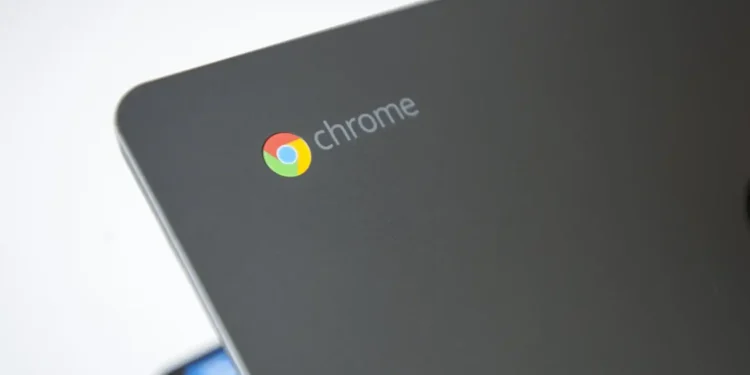In a bold move that could reshape the tech landscape, Google is reportedly planning to merge ChromeOS and Android, potentially creating a unified operating system to rival Apple’s dominance in the tablet and laptop hybrid market. This development could signal the tech giant’s next step in delivering a seamless desktop experience across devices, blending the best of ChromeOS and Android into a single, cohesive platform.
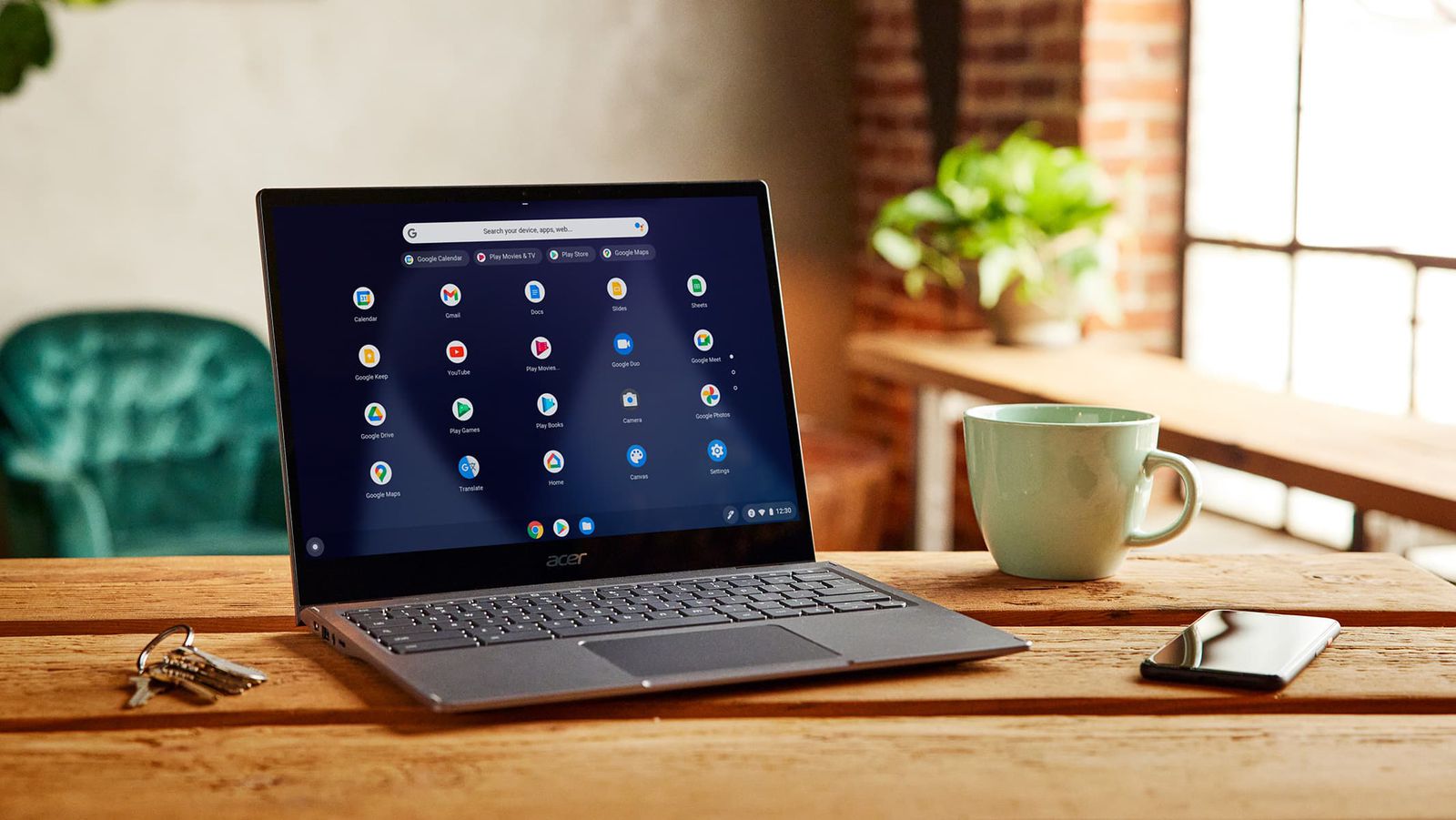
A Unified Vision for Android and ChromeOS
Currently, ChromeOS and Android serve different audiences—ChromeOS powers lightweight laptops like Chromebooks, while Android dominates the smartphone space. Despite their interoperability, Google has struggled to compete with the Apple iPad’s fluid user experience and ecosystem integration.
According to a report from Android Authority by Mishaal Rahman, Google is on the verge of transforming ChromeOS entirely into Android. This shift isn’t just a backend adjustment; it represents a fundamental rethink of Google’s approach to cross-device functionality.
The proposed integration aims to simplify development and open up new opportunities for users and developers alike. ChromeOS has already started incorporating Android tech stacks to enable better AI tools and engineering alignment, but this rumored merger could go far beyond backend changes.
Why Merge? The Perks of a Unified OS
The potential benefits of merging ChromeOS into Android are staggering:
- Broader Device Compatibility: Android’s scalability makes it easier to run on various hardware, from smartphones to laptops.
- Unified App Ecosystem: Developers gain access to a single app marketplace—the Google Play Store—across all devices.
- Streamlined Development: A unified OS allows Google to focus its efforts, fostering innovation and eliminating duplication.
- Improved User Experience: A unified OS could bring better support for multi-window functionality, external displays, and accessories like keyboards and mice.
“Google seems to be aligning its efforts to rival Apple in creating a seamless cross-device experience,” wrote Rahman, emphasizing the strategic importance of this move.
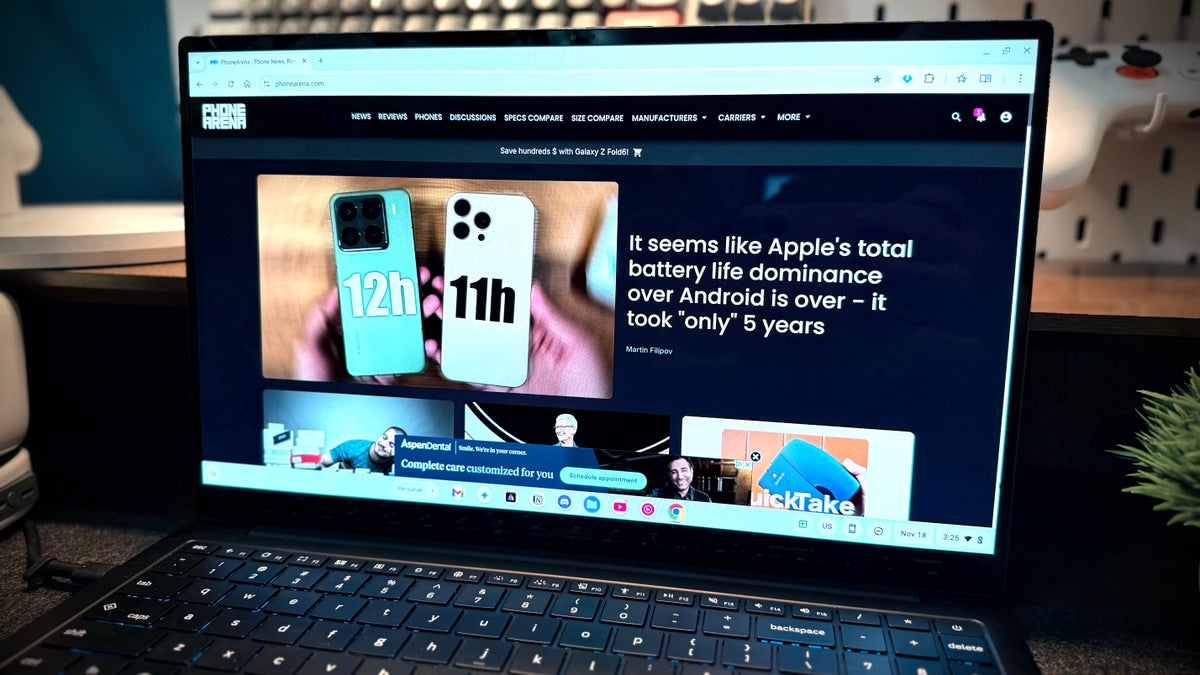
Steps Already Taken by Google
Recent actions by Google hint at its commitment to merging the two platforms:
- Android Extensions for Chrome: Google is enabling Chrome browser extensions to work on Android, bridging the gap between desktop and mobile web experiences.
- Linux Virtual Machine Integration: ChromeOS now supports Linux through Crostini, and plans for Android to offer similar capabilities are reportedly in the works.
- AI and Backend Simplification: By aligning ChromeOS and Android’s backend infrastructure, Google is paving the way for advanced AI tools and better engineering synergy.
In June, Google announced its intention to integrate Android’s tech stack into ChromeOS. At the time, the company assured users that ChromeOS’s familiar user interface would remain intact. However, the Android Authority report suggests that this might only be a temporary phase as Google transitions fully to Android.
Challenges Ahead
While this merger holds promise, Google must address significant hurdles to deliver a unified OS that truly challenges Apple’s ecosystem.
- Multi-Window Management: Android still struggles with multi-window and multitasking features compared to iPadOS.
- External Display Support: Seamless external monitor integration is crucial for professional use cases.
- Keyboard and Mouse Integration: Optimizing Android for traditional input devices like keyboards and mice will be key to winning over laptop users.
- Multiple Desktop Support: The ability to work across multiple desktops could make or break Android’s appeal as a productivity platform.
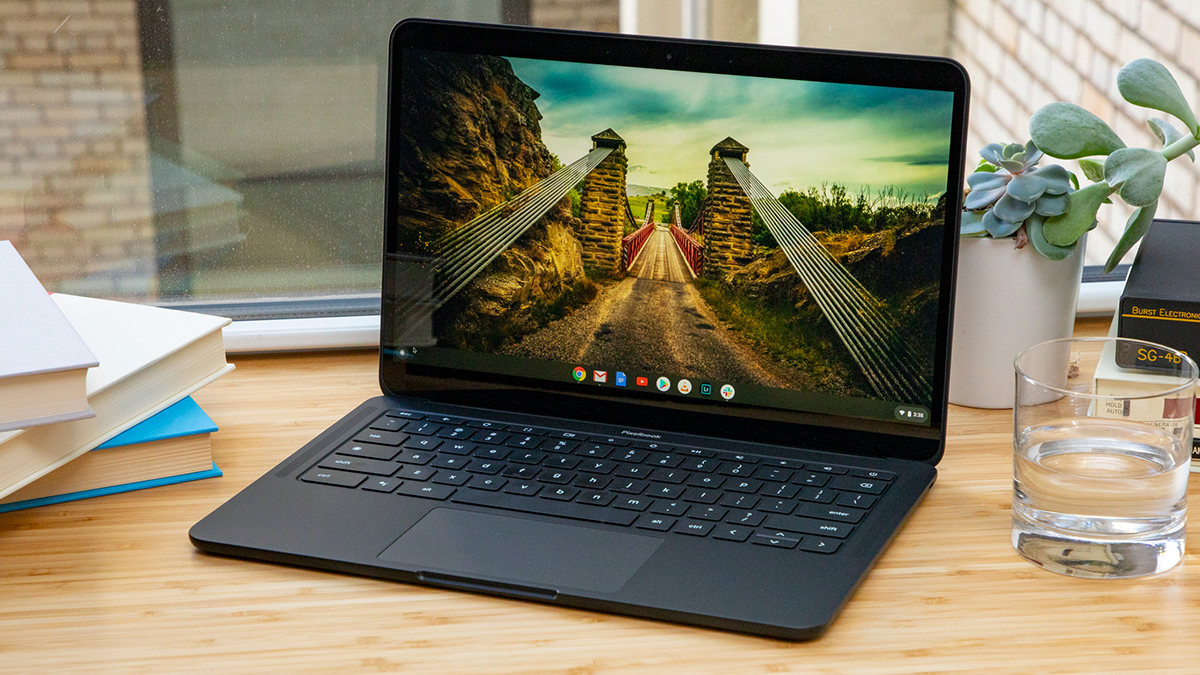
What About Fuchsia?
It’s worth noting that Google is also working on its mysterious Fuchsia OS, rumored to be a potential successor to both Android and ChromeOS. However, it appears that unifying Android and ChromeOS has taken precedence, as Fuchsia remains an experimental project with no concrete release timeline.
Could the Pixel Laptop Showcase the Future?
Many are speculating that Google’s rumored Pixel Laptop could serve as a testbed for this ambitious integration. If the Pixel Laptop launches with a unified ChromeOS-Android platform, it could provide the clearest picture yet of Google’s long-term vision.
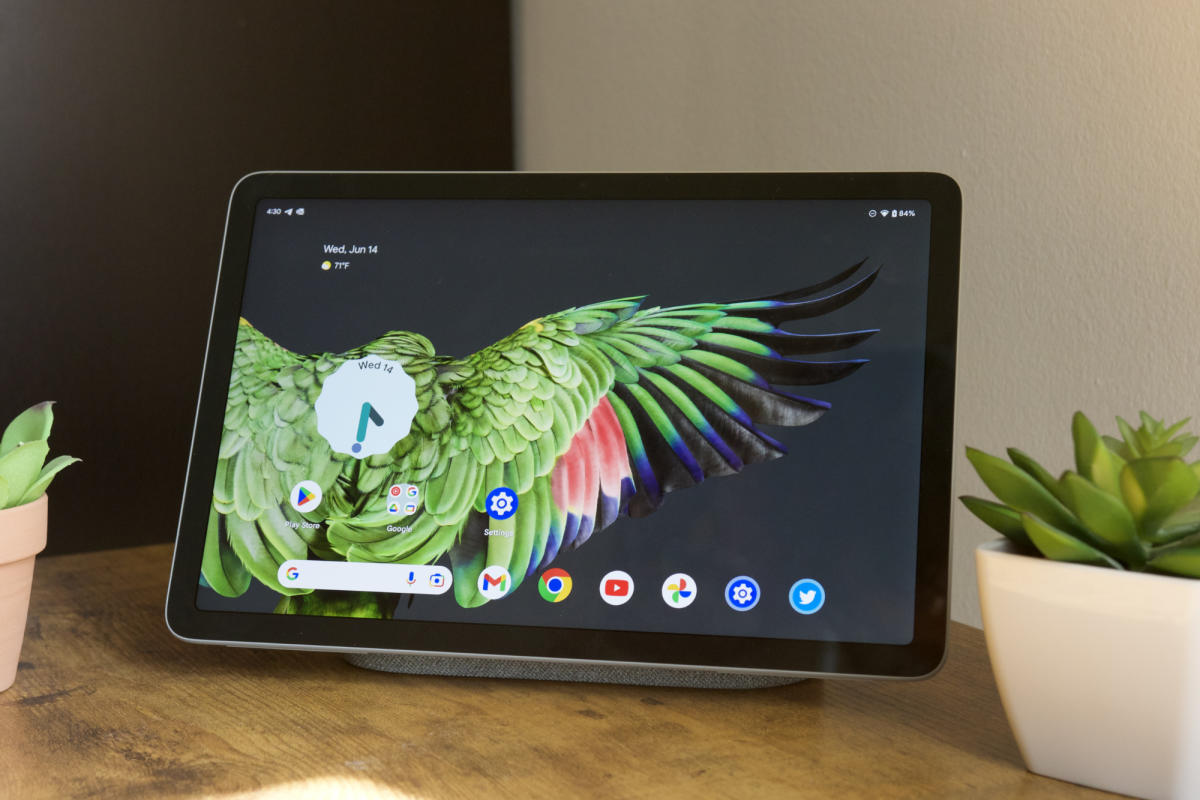
What This Means for the Competition
By merging ChromeOS and Android, Google aims to challenge the Apple iPad and potentially even the MacBook in the lucrative tablet-laptop hybrid market. Apple has long been the gold standard in creating a unified ecosystem, and this move could be Google’s way of leveling the playing field.
With no official announcement yet, this remains a multi-year project. However, if successful, this merger could redefine the way users interact with Google’s ecosystem, making it more integrated, versatile, and competitive.

